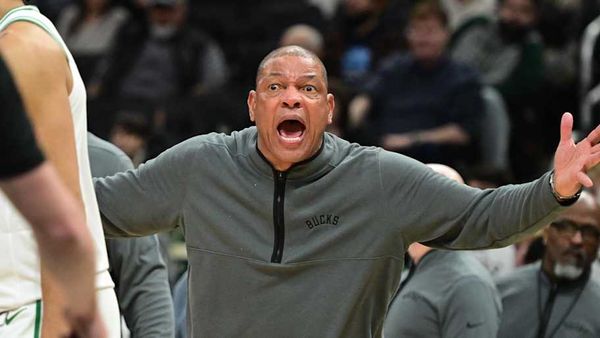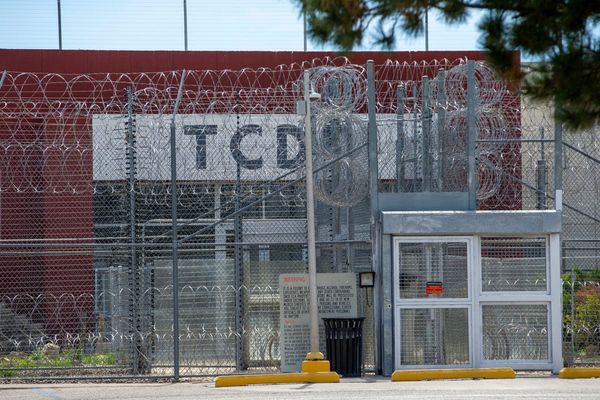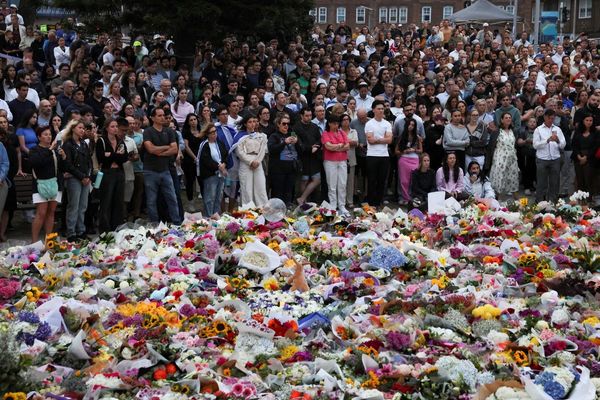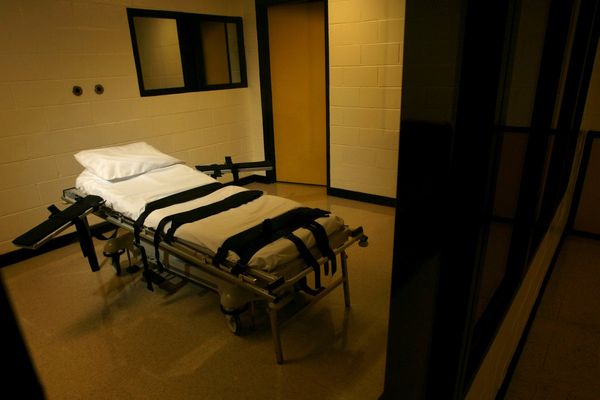
Astro and landscape photographers have been put on standby with forecasts predicting auroras could be visible in 18 states across the USA and much of the United Kingdom tonight. According to the Met Office, the chances of an aurora have been heightened due to the sun emitting a coronal mass ejection that’s due to meet Earth’s magnetic field late on September 1 or 2. Stating that the “interaction can trigger geomagnetic storms, which in turn can produce spectacular displays of the aurora.”
According to the National Oceanic and Atmospheric Administration’s (NOAA) Aurora Viewline map for tonight and tomorrow, 18 US states could see at least a partial view of the proposed aurora. These are: Alaska, Idaho, Illinois, Iowa, Maine, Michigan, Minnesota, Montana, Nebraska, New Hampshire, New York, North Dakota, Oregon, South Dakota, Vermont, Washington, Wisconsin, and Wyoming.
The geomagnetic activity that forms auroras is measured via the Kp index, from 0 to 9, with higher values signifying the potential for stronger auroras. The NOAA lists Kp 5 as a “Moderate Aurora” and Kp 7 as an “Active Aurora”. Geomagnetic storms over the next couple of nights are expected to peak between 06:00 and 09:00 UT on September 1 into September 2, just below Kp 7.

The Met Office has stated that auroras “may be visible across much of the UK”, with northern regions most likely to provide the best view. However, at the time of writing, the Midlands is listed as having the clearest skies on September 1, with Scotland and northern England delivering the best viewing conditions on September 2 and 3.
As always, light pollution will affect visibility, so if you’re serious about chasing an aurora, you might want to head into the countryside or, better yet, a designated Dark Sky location. According to the Australian Space Weather Forecasting Centre, an aurora watch notice was posted on August 31, stating that an aurora could be visible on September 1 or 2, but geomagnetic conditions for the southern lights haven't been favorable.
If you’re going to head out with your camera over the next couple of nights in a bid to capture an aurora, make sure you know how to shoot the northern lights. You might think you need the best camera for astrophotography, but if the only camera on you is your phone, don't worry, you can shoot the northern lights using just your iPhone.
You might also like...
If you're into pointing your camera up towards the sky, make sure you check out the astrophotography in September guide. You can also find out how to photograph the next full moon, which is only a week away. Plus, if you're lucky enough to be heading to a specialist location to photograph an aurora, take a look at Northern Lights photography: tips and techniques for stunning images.







